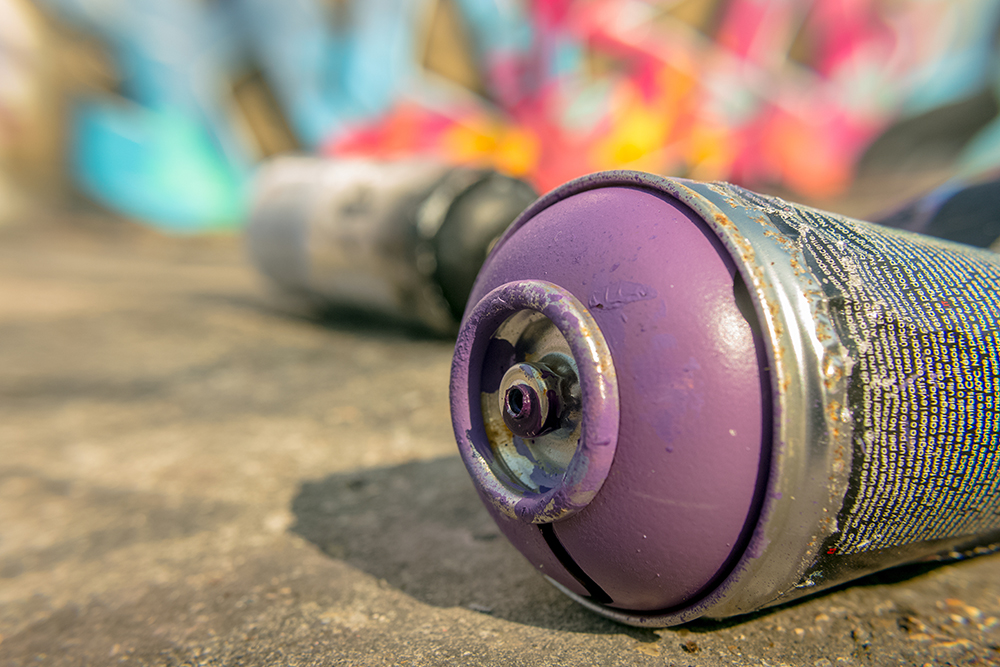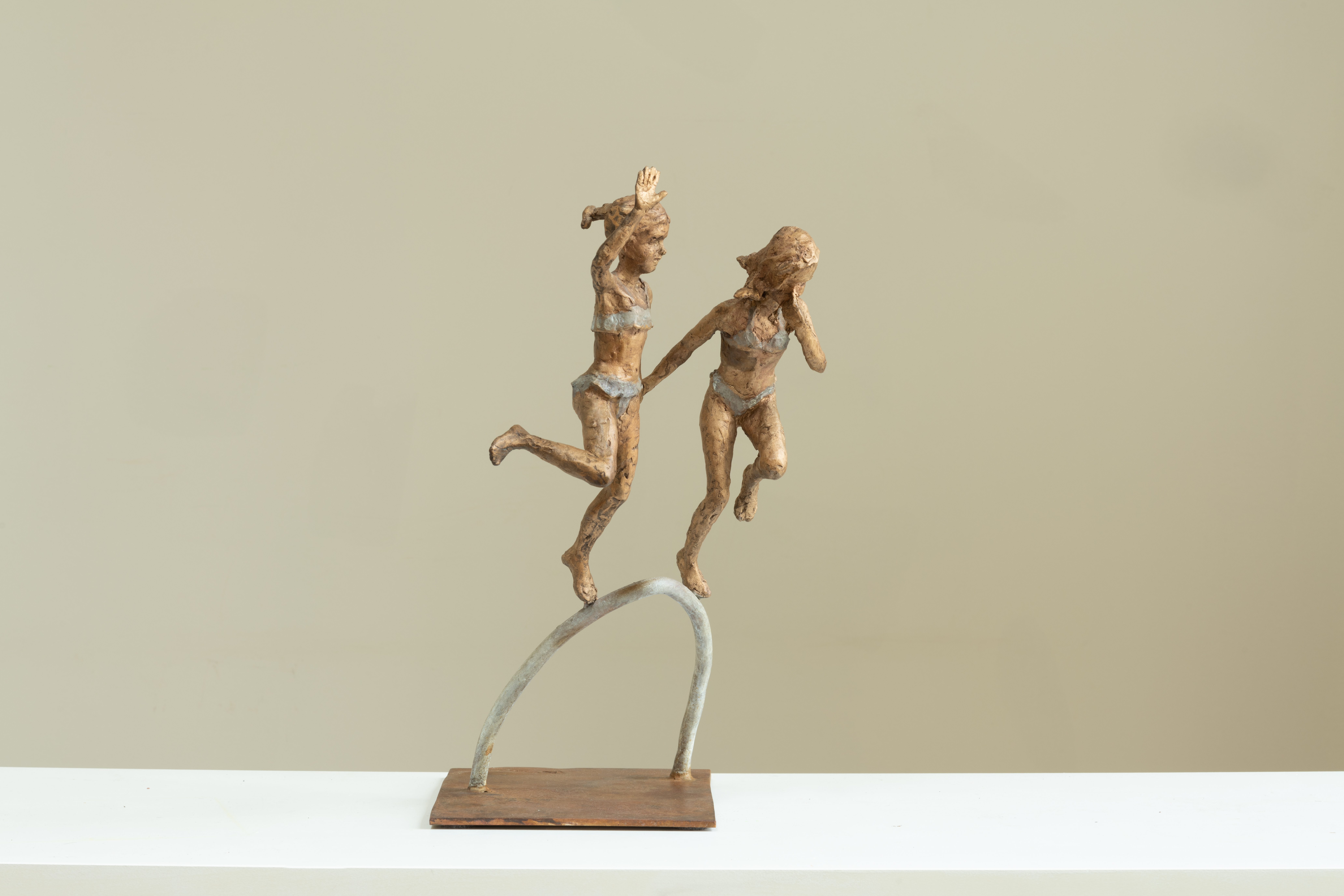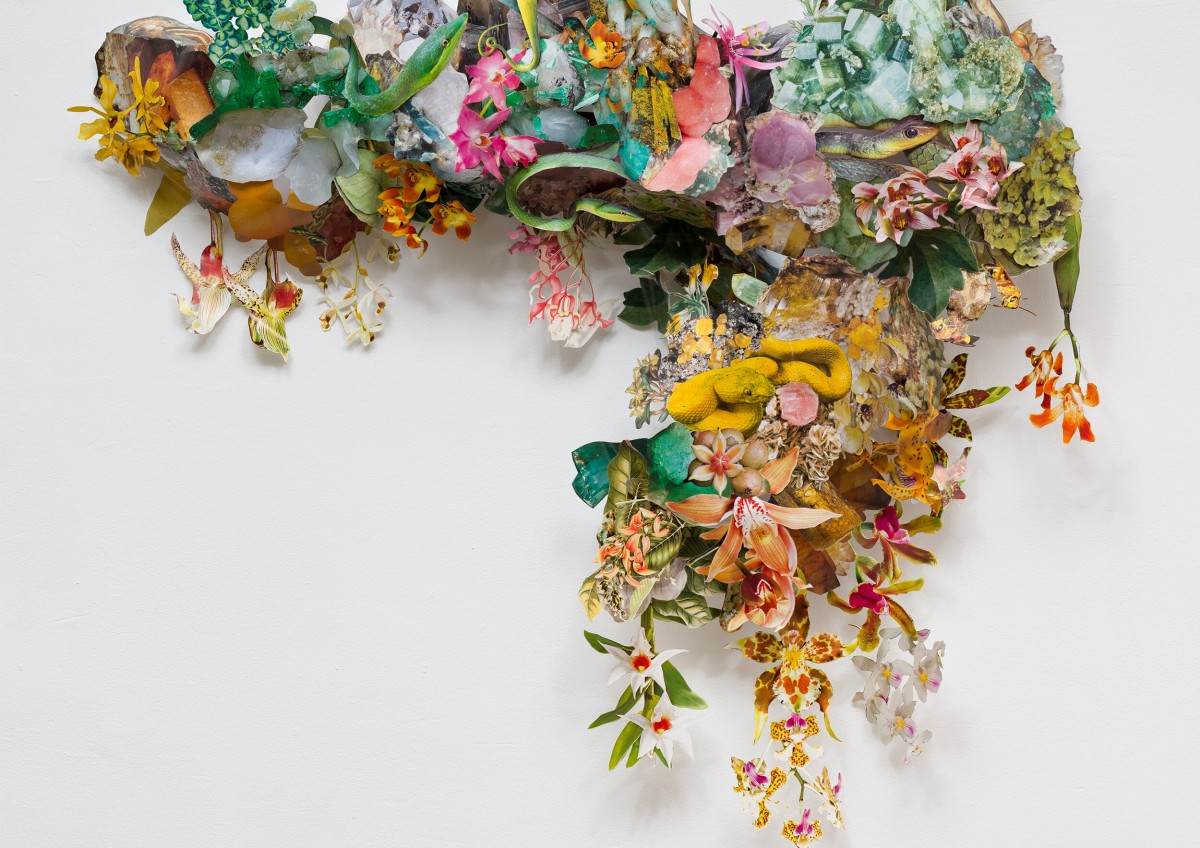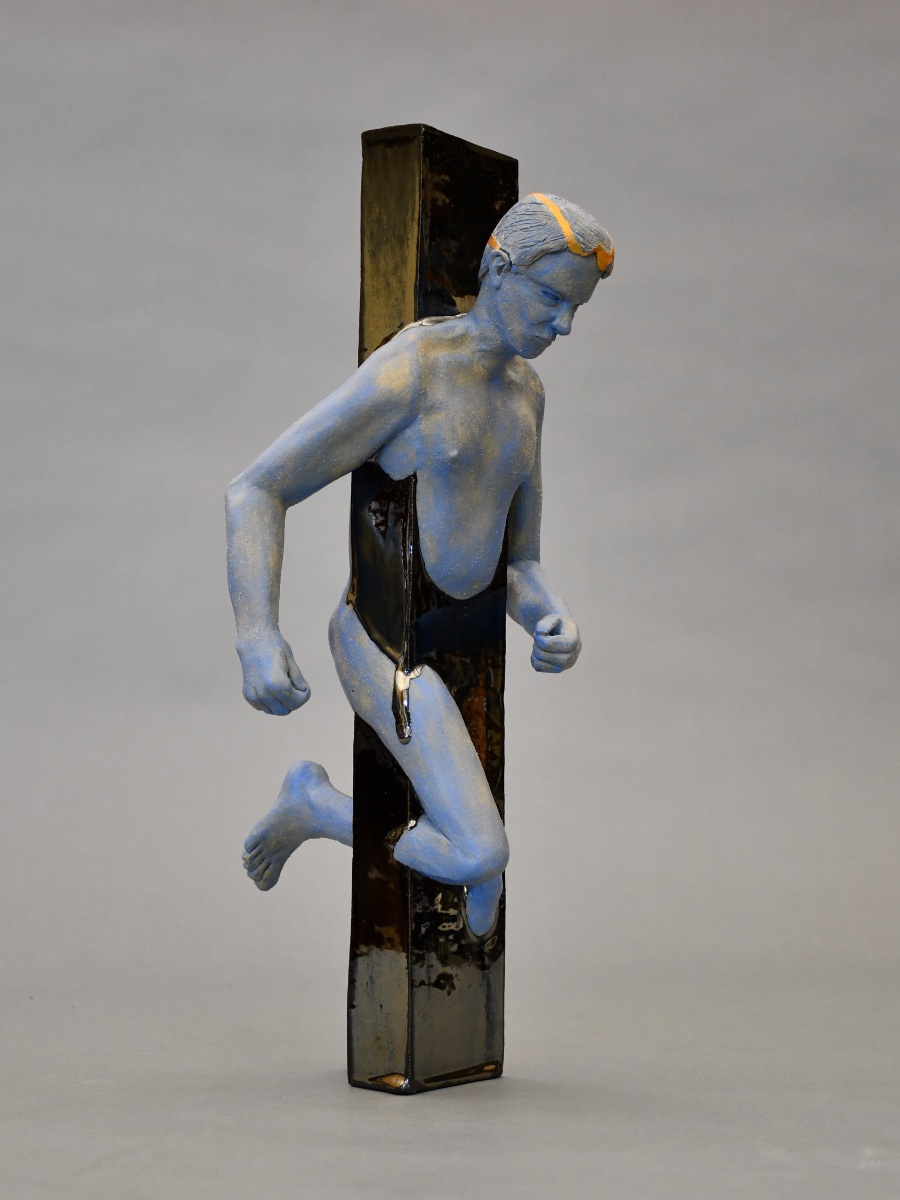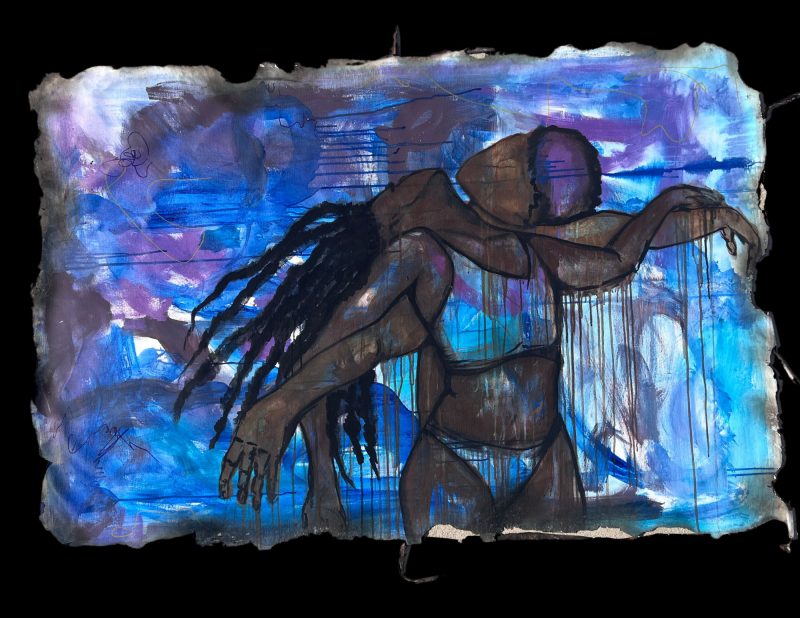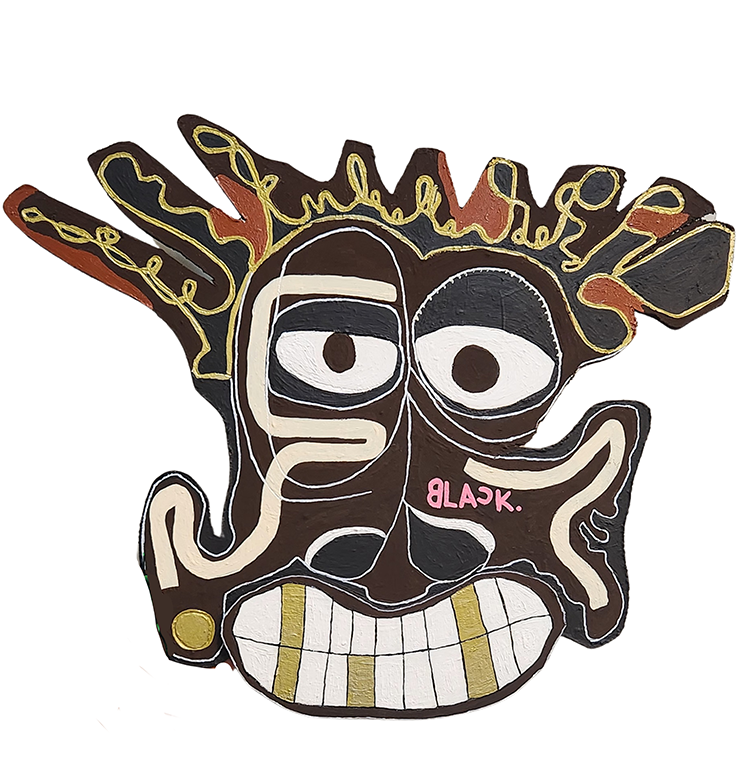We are what we express. Our expressions of how we feel about developments around us are what defines our level of appreciativeness about a situation. Primitive humans used to carve out drawings on wood or stone surfaces to depict their experiences, with the culture considerably evolving in the modern-day era. Historical chronology surrounding graffiti can be traced back to as early as a century before the birth of Christ. Roman and Italian empires had evidence of graffito, which is the plural for graffiti.
Additionally, ancient graffiti was etched onto walls using sharp objects or colored pigments to display some message of importance; perhaps a political one. It goes without question though that even in the past, graffiti drawings and expressions were marred by controversy, and were sometimes penalized. Ranging from one empire to another, they exhibited love, intelligence through quotes, and even went as far as inscribing tales. Early forms of graffiti can still be found in temples and other monumental places and are a handy tool for reference, especially for historians.
Evolution of Graffiti
Today’s graffiti had its beginnings in the 1940s, via a person named Edward Seymour who unknowingly invented spray paint. A continuation of street painting would later escalate nearly two decades later in the 1960s in Philadelphia, where an artist called Darryl McCay used to tag walls in his neighborhood. From that little-known vicinity, it spread over to New York City in the 1970s and later to the entire world. The breakthrough for graffiti as a form of expression can be attributed to Lee Quinones and his Fabulous Five’s crew in the mid-1970s, who painted an entire train using a concoction of a variety of pigments.
Barely a decade later in 1983, a landmark documentary called Style Wars, which resonated around the idea of graffiti, was produced. The film portrays a group of young individuals struggling to creatively express themselves through graffiti while grappling with the constraints and limitations imposed by the laws of the State of New York. A truly monumental era for street art and expression, the decade was capped off with Style Wars garnering acclaimed accolades in many film awards, including the popular Grand Jury Prize at Sundance Film Festival. This catapulted graffiti into the realm of positive forms of expression…to some extent.
Renowned graffiti artist Keith Haring spent his life exploring the possibilities of expressing his feelings on subways in New York City. In his childhood and educational endeavors, he was always fascinated by art and even attended the Ivy School of Professional Art and the New York School of Visual Arts respectively during his teen years. However, Haring is remembered for using the city subways as his canvas and his signature images included the flying saucer and dancing figures. He was countlessly arrested and charged with vandalism but commuters in the city had started to take note. His star shone when he had a solo exhibition in Manhattan in 1981; in later years, his impressive work was shown overseas. His legacy continued to be cemented even after his death, with over 50 public drawings under his name living on to uphold the image of graffiti.
Another artist who helped spur graffiti onto the wider public domain is Bansky. An English citizen hailing from Bristol, he exhibited graffiti in the form of dark humor and satirical inscriptions. His signature methodology of street art was stencil on walls along waterlines. His work has been adopted and appreciated all over the world, with critics particularly exuberant about the intelligence and depth of message in his drawings spanning from political to social concerns. Starting out in the early 1990s, his milestone achievement so far was when he was named Person of the Year for his significant contribution to modern day art at the 2014 Webby Awards.
In the early 1990s, a clothing line characterized by graffiti drawings and designs was born: the 123 Klan. With its major outlet based in France, the 123 Klan crew is famously known for making caps, t-shirts, and jackets with graffiti inscriptions on them. With time, they have incorporated graphic design into their products and are acclaimed as one of the modern-day promoters of positive graffiti.
No discussion of graffiti would be complete without mention of hip-hop and the infamous hip-hop culture in the ’80s and ’90s. The mainstream media in the 80s coined a peculiar narrative linking hip-hop to the emergence of street art at the time, with a view of commercialization of the latter. Much like its famous slang, graffiti in hip-hop has taken root within the public understanding of graffiti and its inception, but its connection is tenuous at best. The true founders of graffiti, among them Bansky and Keith Haring, had no drive from hip-hop concepts whatsoever.
Influence of Graffiti On Today’s Culture and Its Rise Into the Mainstream
Throughout the years, graffiti has established itself as a cultural yet aesthetic tradition. Controversial as it is, it has found its place in today’s society despite spirited efforts by anti-graffiti groups. The techniques have massively evolved over time, but the motive and attitude clearly haven’t. Modern governments have had a particular inclination towards graffiti being a form of moral decay and negative connotation of social expression. Legislative laws have been drafted to deal with this negative activity but its influence has only grown wider. Taggers and painters have shifted from subways and walls to having their ideas showcased in museums for positive reasons in a majority of cities and countries around the world. Even the most stubborn of states have conceivably embraced graffiti as a positive form of expression and are commendably erecting museums, fashion stalls, and exhibitions to showcase graffiti as a form of talent. Thematic concerns such as social injustices, embezzlement of public funds, and mass killings can now be addressed using graffiti drawings and paintings. Mainstream media has also played a crucial part in promoting a positive sense of self-expression by featuring shows and artists who ply their trade in this realm. Graffiti artists are now widely acknowledged and awarded. This is no mean feat for an industry which has had the longest of fights with criticism. Graffiti has made a far more positive impact than many ever believed it could.

